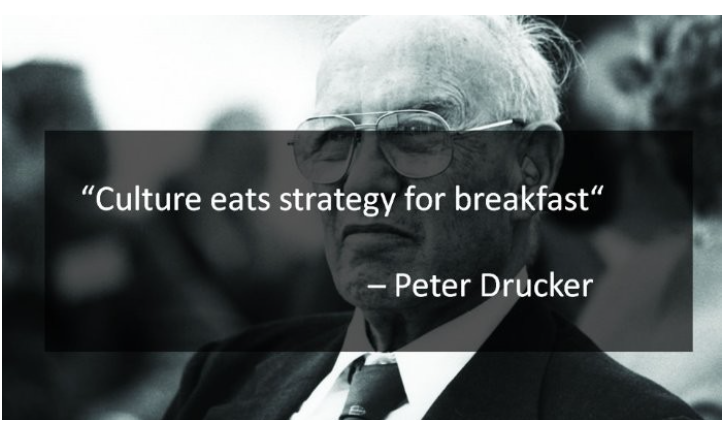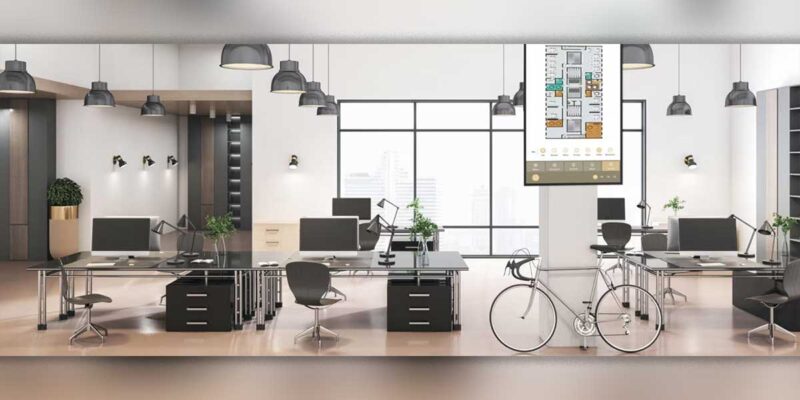Why Your Meetings Are Still Bad — Part 3: What to Do About It
If you’ve been following along with this series, I appreciate your continued interest in the topic of fixing our meetings. If you’re new to the series, welcome! Here are the links to Part 1 and Part 2 so you can catch up.
In the last blog, I asserted that we are having the wrong types of meetings. I think we’ve all suffered through a 45-minute PowerPoint or sat in a meeting where we spent the first half of the meeting recapping what happened in the last meeting. This is quite frankly an unnecessary waste of everyone’s time, given the tools available to us in today’s world.
Information is easily distributed ahead of time and if that information needs context, a short intro can be recorded and distributed to highlight the key points or give the needed background.
In this respect, everyone should be able to arrive at the meaning already having reviewed the appropriate materials and content, allowing them to choose a time and place that is best served for that type of activity. Then the meeting is much less about story time and much more about decision-making and problem-solving. This drives business objectives forward, which is the main point of having a meeting in the first place.
As for the time spent recapping previous meetings, this is also highly avoidable. In the past, someone may be assigned to take notes and then distribute meeting minutes highlighting decisions made and action items before the next meeting. This practice is still highly effective and if you’re not assigning someone to do this task, then you may need to rethink that decision. In fact, assigning meeting roles and responsibilities actually helps create better engagement and focus.
There are also persistent workspace apps and software that can help. Whether you use the whiteboard app in Teams/Zoom meetings or utilize some higher-end software like Alleo or T1V ThinkHub, there are ways to create a workspace that doesn’t get “erased” the minute a meeting ends. This not only allows for the next meeting to leverage all the assets from the last session, but it also enables asynchronous work. Team members can add to the persistent workspace when they have ideas and revelations outside of the meeting time, meaning that when the next session starts, that content has already been added to the board and is ready to be discussed. It also allows meeting participants to log in ahead of time and status check, assuring the valuable time isn’t wasted recapping in detail what the team should already know.
When combined with multiple screens or video walls, Alleo and ThinkHub can also allow for dynamic collaboration with in-person and remote participants, activating spaces in ways that tilt team members into a creative mindset, furthering the desired meeting outcomes.
Thinking of the key reasons to meet synchronously: to make a decision, to forge a team or to create a forum, we can then add technology that gives people the best view of the room, participants and data they need to execute these tasks. That may include multiple cameras, AI camera directors, beam forming microphones, touchscreens, white board cameras with text extraction, as well as in-person and cloud-based content manipulation and the ability to create break outs for smaller team problem solving.
When we think about meetings being too long, utilizing technology above allows our meetings to be shortened in many cases due to the advanced sharing of content and reduced time spent revisiting “Christmas Past.”
As for the meetings being too close together, the easiest hack is to only schedule meetings for 25 or 50 minutes, (instead of 30 or 60). This means there will at least be 5-10 minutes between meetings. There are settings in Teams and Outlook that can help with this as well.
It is unnecessary and counterproductive to have eight hours of meetings every day. Even with reducing the time and increasing the spacing between them, having eight meetings on eight separate topics does not give team members the needed time to switch gears between tasks or any space for creativity or deep focus work.
If you have a company that relies on innovation or creativity to stay at the top of their game, I’d argue that four to five meetings a day is all that your team should be having. White space is critical to the creative process and it takes a good 15 minutes for the brain to transition between states of thinking. This means a meeting that results in a deliverable that may take a team member an hour to complete should provide a two-hour window sometime in the day to fulfill it.
If you compress that time, you’ll likely get work that is copied and pasted as opposed to creative and/or get a work product that misses key things because it was rushed.
Providing access to better tools and spaces can further help with these transitions as well. Workstations with high-end graphics cards and multiple monitor setups for deep work ease the frustration of trying to do the same work on the company provided laptop and watching the blue wheel spin repeatedly.
Environment can help signal different modes of work, inspire creativity and reconnect employees to the company mission.
By creating outcome based spaces, as opposed to generic room designs, we can create environments that actually elevate the work product and create a reason to do the work “here” as opposed to from a home office.
Biophiliia, natural light, lighting that reinforces circadian rhythms and ambient soundscapes can all help reduce stress and cortisol response.
Finally, not every meeting should require video and there should be ways to signal when video is required and important or when it is optional, allowing people agency to choose, reducing on screen anxiety and meeting fatigue.

Every problem listed above however has a root symptom. Most companies are struggling with productivity paranoia.
Executives present the data live because they don’t trust employees to review it ahead of time. Companies schedule eight meetings a day because they are worried that people aren’t working from home as much as they should. Cameras are always on because employers don’t trust employees to pay attention to meetings when they can’t see what they’re doing. In this respect, hybrid work has created more bad meetings than ever before.
Jeff Bezos garnered some attention when he banned PowerPoint at Amazon. Instead of presentations and bullet points, executives were required to create long-form memos with full sentences to be distributed to the team. Some of these were six pages long.
Although I don’t disagree with getting rid of PowerPoint, there was one part of the meeting that I found rather odd. For the first 30 minutes, all the executives would sit in the room and read the memo(s). Bezos said this may take 30 minutes or so. His reasoning? The executives are busy so they wouldn’t read the memo(s) before the meeting and then would try to fake it in the discussion.
I would say this is just another example of using new tools in an old mindset. The meeting doesn’t get any shorter, and everyone sitting around reading in silence to assure compliance is really no different than everyone sitting around watching someone give a PowerPoint presentation.
Imagine joining a book club where you gather an hour beforehand to read in the same room so that you can assure everyone is ready to have the discussion. This seems ridiculous and it is. You should read on your time and come ready to discuss. If you can’t consistently uphold your responsibility to read the book and provide valuable discussion, then maybe you shouldn’t be in the book club in the first place.
The changes in modern work require a culture change as well.
Companies have a choice. They can embrace “Calendar Culture” where the assumption is if your calendar isn’t full, you aren’t working enough. Or “Surveillance Culture” where the assumption is if I can’t physically see you, you must not be paying attention.
OR
Companies can embrace “Accountability Culture” instead.
A culture of accountability sets expectations, extends trust and creates a mutually beneficial contract between the company and its team members in order to achieve amazing results.
The contract may look like this:
As a company, we pledge that we will assure that you are not in meetings 8 hours a day. We pledge that we will have efficient meetings with defined outcomes, and that we will provide the proper time, tools and environment for you to do your best work. We will allow you to decide when attending meetings in person or having your camera on is beneficial and necessary for better meeting outcomes and relationship building.
In return, we trust that you will come prepared to meetings, having reviewed any material necessary to achieve the meeting’s outcome. We trust that whether you are on or off camera, that if you are in a meeting that you’re are actively engaged. There will be no need to multitask during meetings, because meetings will be shorter and less frequent, and we will be providing you with the proper amount of time for you to do that work outside of the meeting itself.
Our success will be judged by the quality of our work, the strength of our teams and our ability to continually be a leader in our market, and our joint commitment to a culture of accountability is the lynchpin to that success.
At the end of the day, we can throw all sorts of tools into the mix to create a digital version of an antiquated idea of work, or we can endeavor to change the culture of our organizations to take full advantage of the benefits of a hybrid and distributed workforce.
A friend and change management consultant I know made a salient point about the lens we view this problem through. He asked me,
“Are we trying to solve for the “future of work” or are we solving for the “work of the future”?




